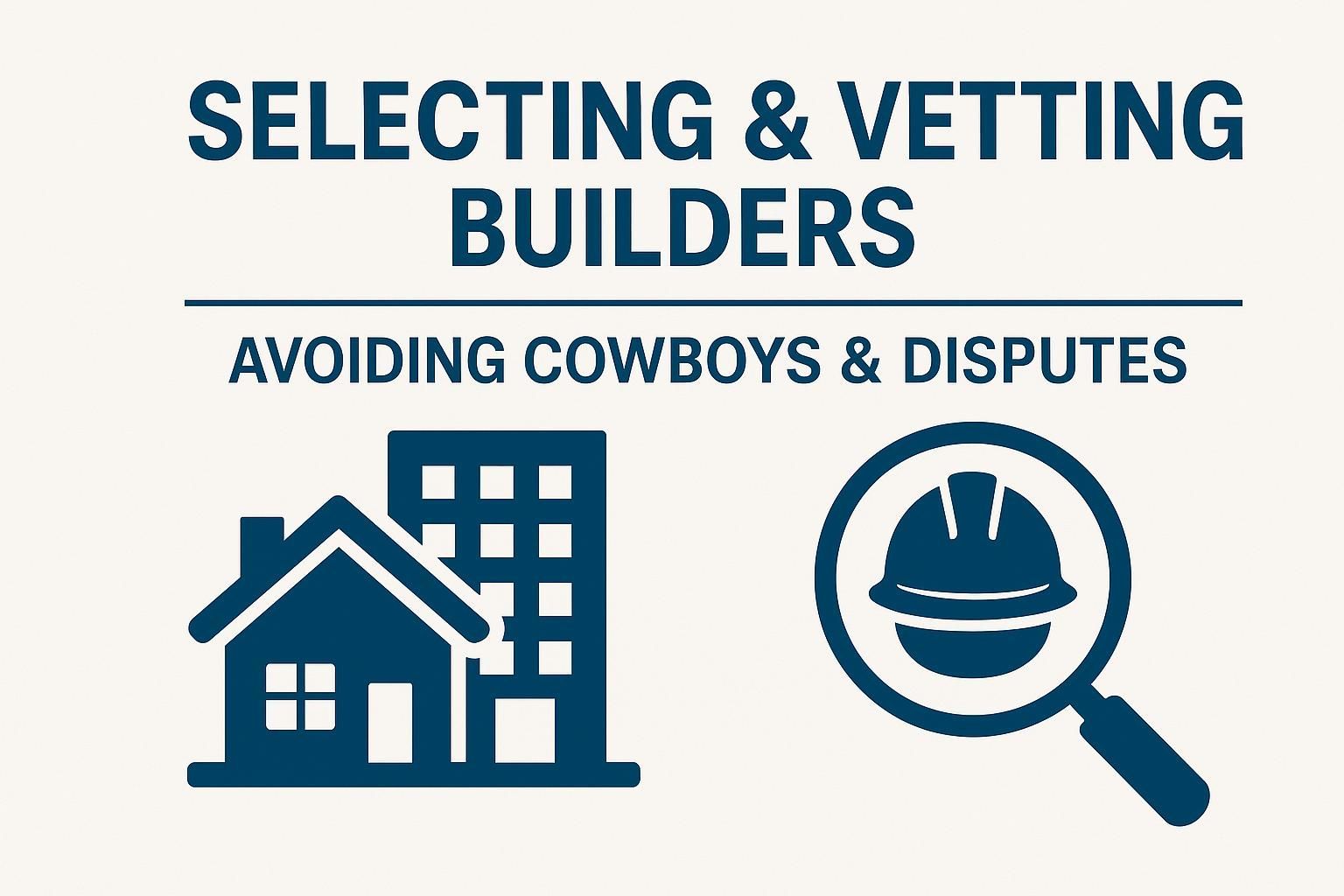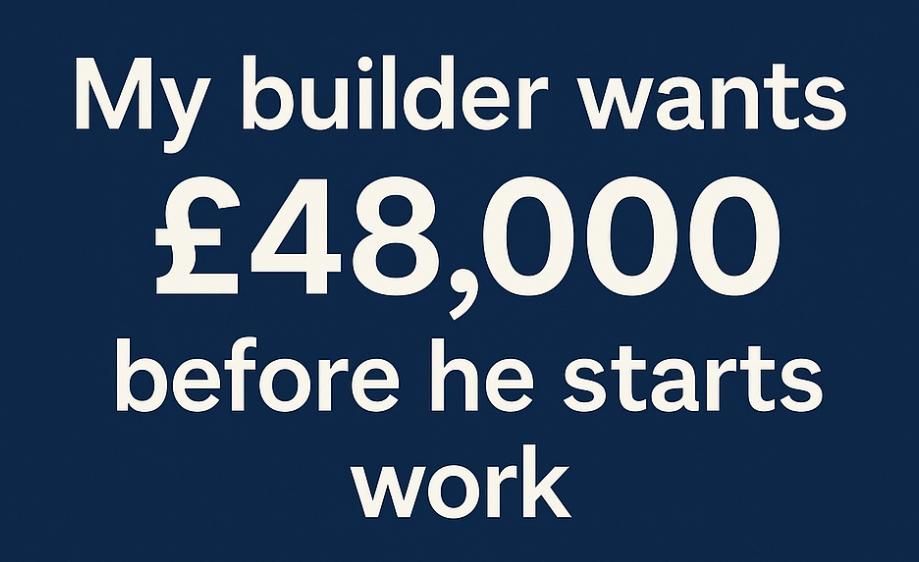The Strategic Approach to Major Home Improvements
Home improvement with confidence

Planning Your Project
Starting a major home improvement project can be exciting, but it's also complex and requires careful planning. It's important to have a strategy to ensure that your home improvement efforts lead to the results you want, on time and within your budget. Let's look at the steps you can take to make sure your home transformation is successful.
Clarifying Your Aims
Before beginning, you need to be clear about why you're starting this project. Are you increasing the value of your home, or making it a better place to live? Having clear goals will guide your decisions and help you focus on what's important.
Setting a Budget
Creating a realistic budget is critical. You need to account for all parts of the project, including things you might not see but are essential to the work. Always include a bit extra for the unexpected.
Selecting the Right People
Choosing who will help you realise your project is one of the most important decisions you'll make. The team needs the right skills and must share your commitment to quality. At The Building Guidance Partnership, we're all about bringing together the right people and managing the project from start to finish.
Designing Your Space
Design is where you turn ideas into plans. Working closely with your design team is essential to make sure every aspect of the project looks good and works well.
Understanding the Rules
Dealing with building regulations and planning permissions is complex. Getting professional help to navigate these rules is important to make sure your project doesn't run into legal problems.
Creating a Timeline
A detailed schedule keeps your project on track. It's important to plan the order of tasks to avoid unnecessary delays.
Choosing Materials
The materials you choose will define how your home looks and feels. Pick materials that suit your style and will stand the test of time.
Keeping the Project on Track
Good project coordination keeps everything moving smoothly. With The Building Guidance Partnership, you'll have someone regularly checking the site and available to discuss any part of the project. We make sure everything goes to plan.
Communicate … communicate … act!
Clear, accurate, and timely communication with your project team, particularly your construction partner, is key to your success. As a homeowner, making prompt decisions on fittings and materials is essential. Delays in these choices can ripple through the project, disrupting schedules, inflating costs, and straining relationships. It's important to maintain regular contact and provide timely responses to keep everything moving smoothly. By doing so, you help ensure that the project progresses efficiently, potentially saving time and money, while also keeping a positive and productive work environment.
Handling Problems
All projects face challenges. Being prepared and tackling them calmly and effectively is part of a good strategy.
A Final Push
As you near the end of the project, it's important to focus on the details and make sure everything is finished to a high standard.
Enjoy Your New Home
After the work is done, it's time to enjoy the changes you've made. A well-planned project means you can relax and enjoy your new space, knowing everything has been done right.
A Practical Approach
A strategic approach is more than just a plan; it's a commitment to achieving a great result. With careful planning and the right support, you can navigate your home improvement project with confidence.
Let's Get Started
If you're ready for a straightforward, expertly managed home improvement project, The Building Guidance Partnership is here to help. Contact us, and let us make your home improvement plans a reality.



